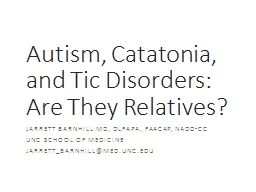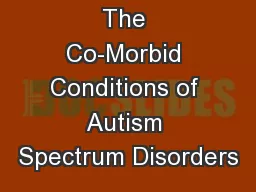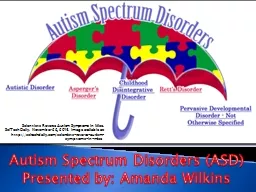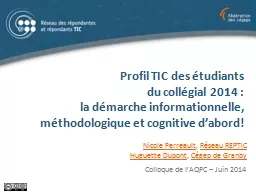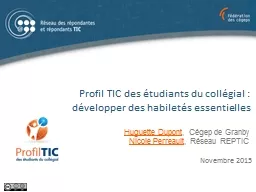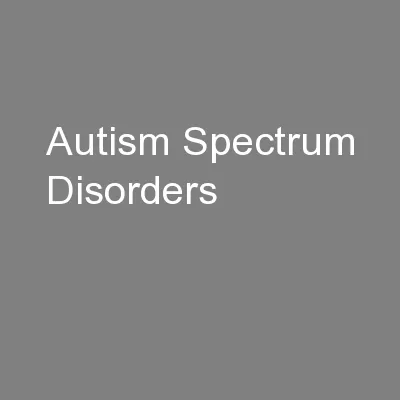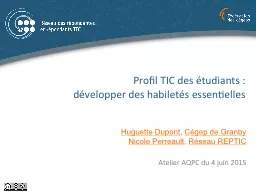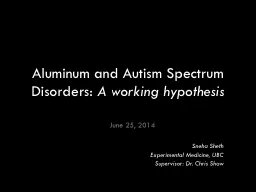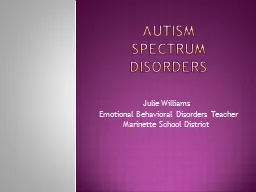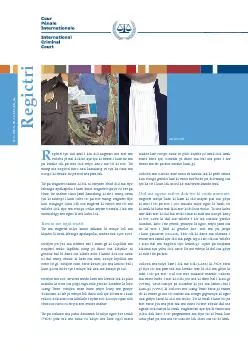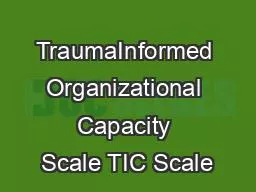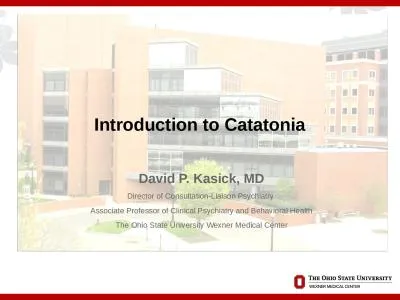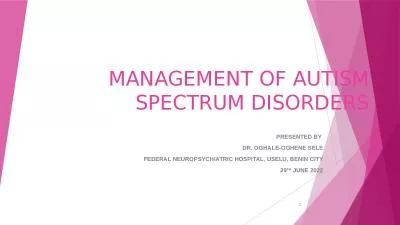PPT-Autism, Catatonia, and Tic Disorders: Are They Relatives?
Author : debby-jeon | Published Date : 2018-09-26
Jarrett Barnhill MD DLFAPA FAACAP NADDCC UNC School of Medicine JarrettBarnhillmeduncedu Autism Spectrum Disorder ASD is a complex developmental disorder associated
Presentation Embed Code
Download Presentation
Download Presentation The PPT/PDF document "Autism, Catatonia, and Tic Disorders: Ar..." is the property of its rightful owner. Permission is granted to download and print the materials on this website for personal, non-commercial use only, and to display it on your personal computer provided you do not modify the materials and that you retain all copyright notices contained in the materials. By downloading content from our website, you accept the terms of this agreement.
Autism, Catatonia, and Tic Disorders: Are They Relatives?: Transcript
Download Rules Of Document
"Autism, Catatonia, and Tic Disorders: Are They Relatives?"The content belongs to its owner. You may download and print it for personal use, without modification, and keep all copyright notices. By downloading, you agree to these terms.
Related Documents

